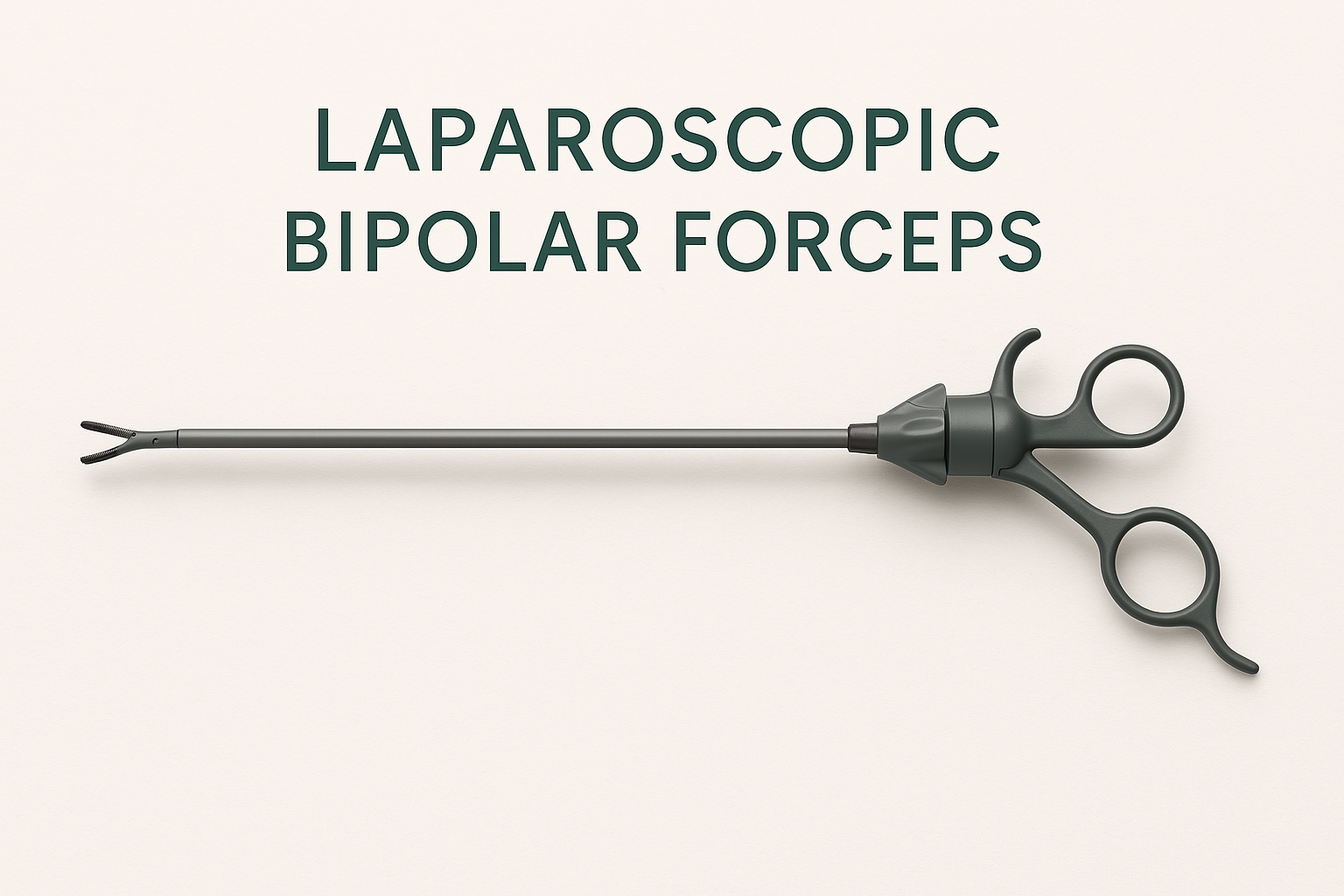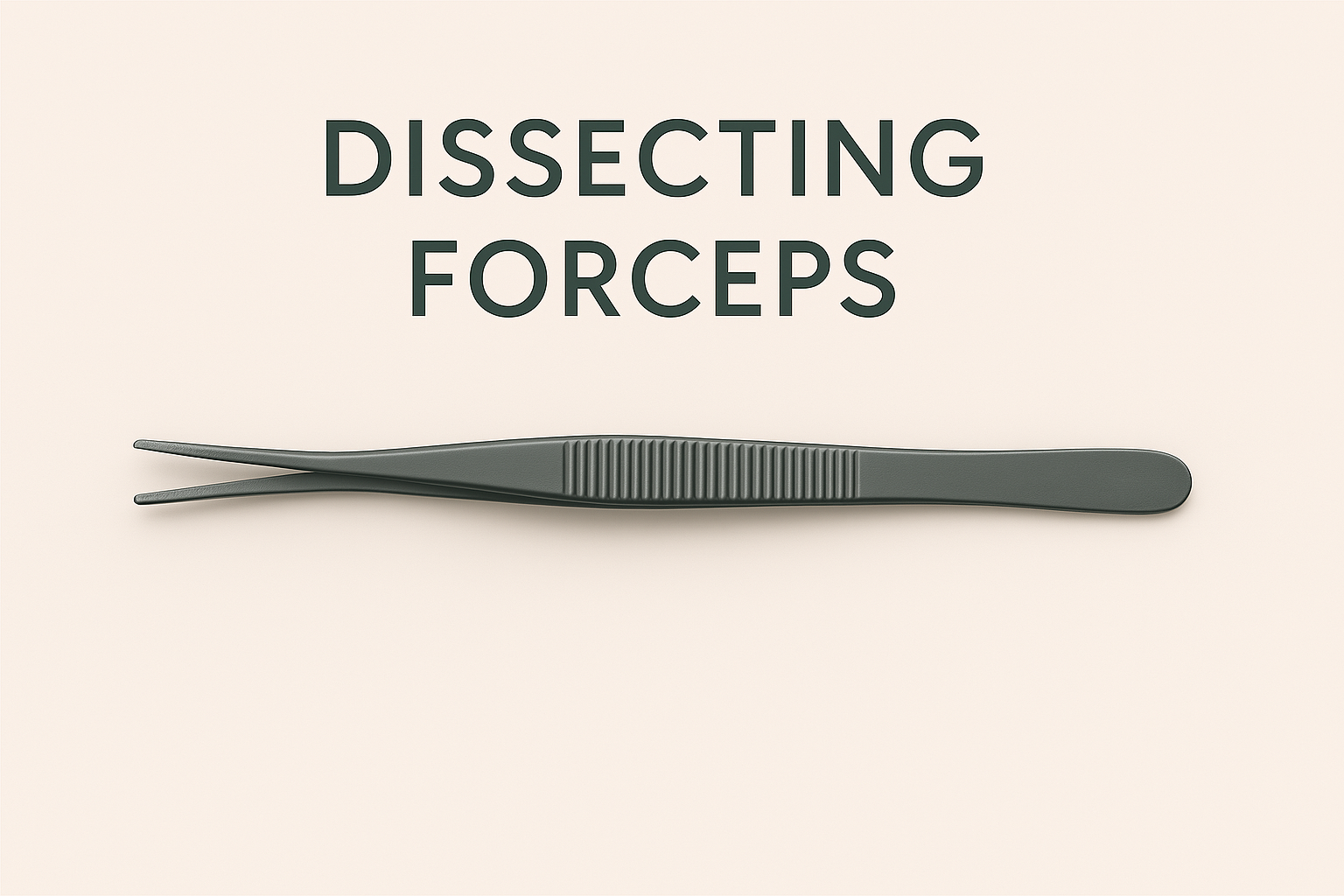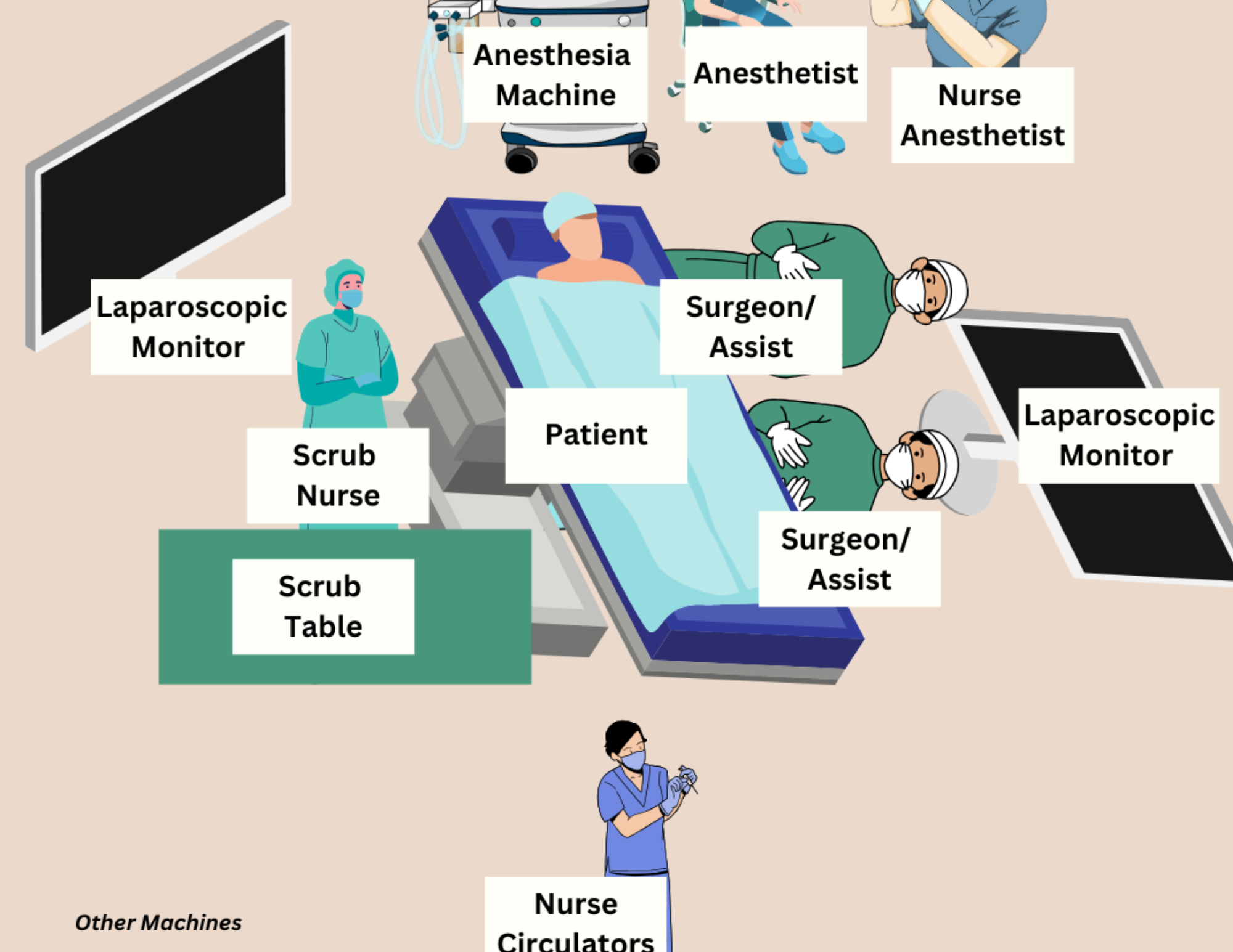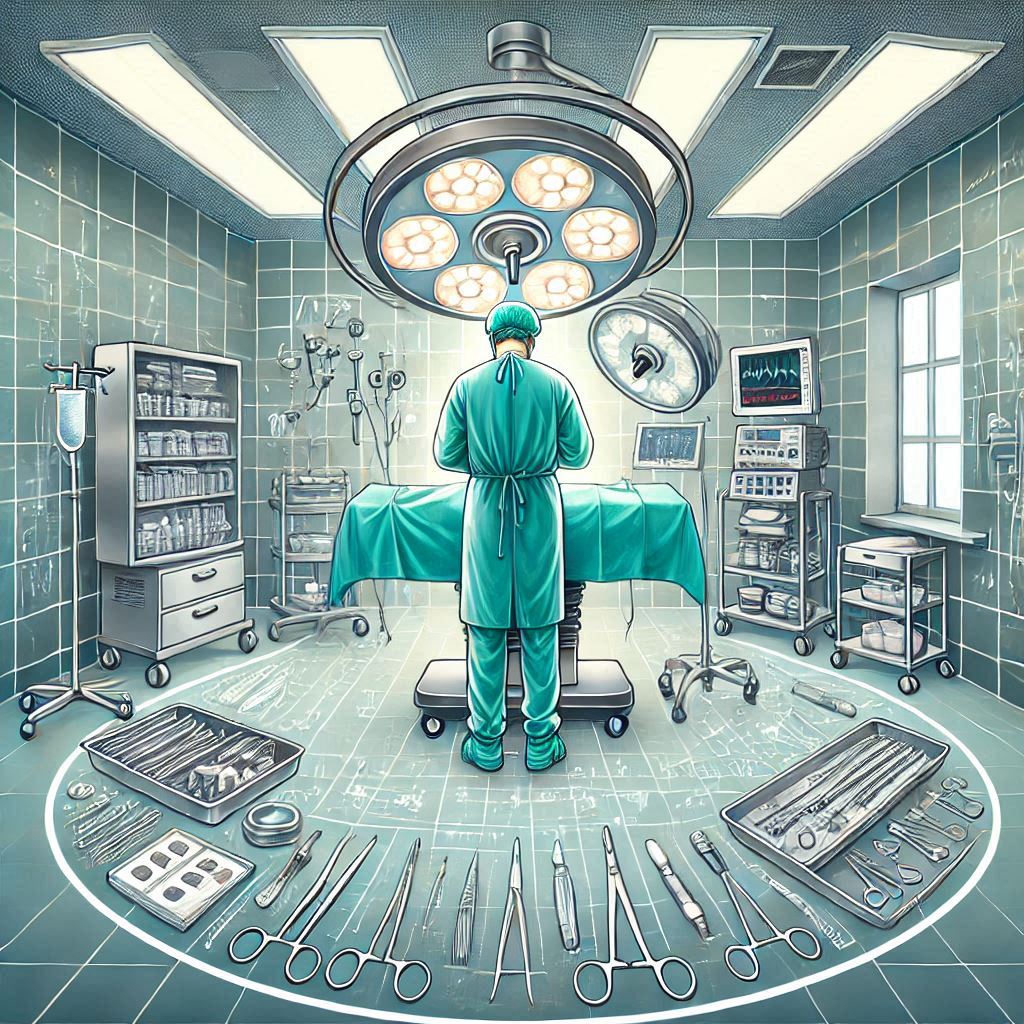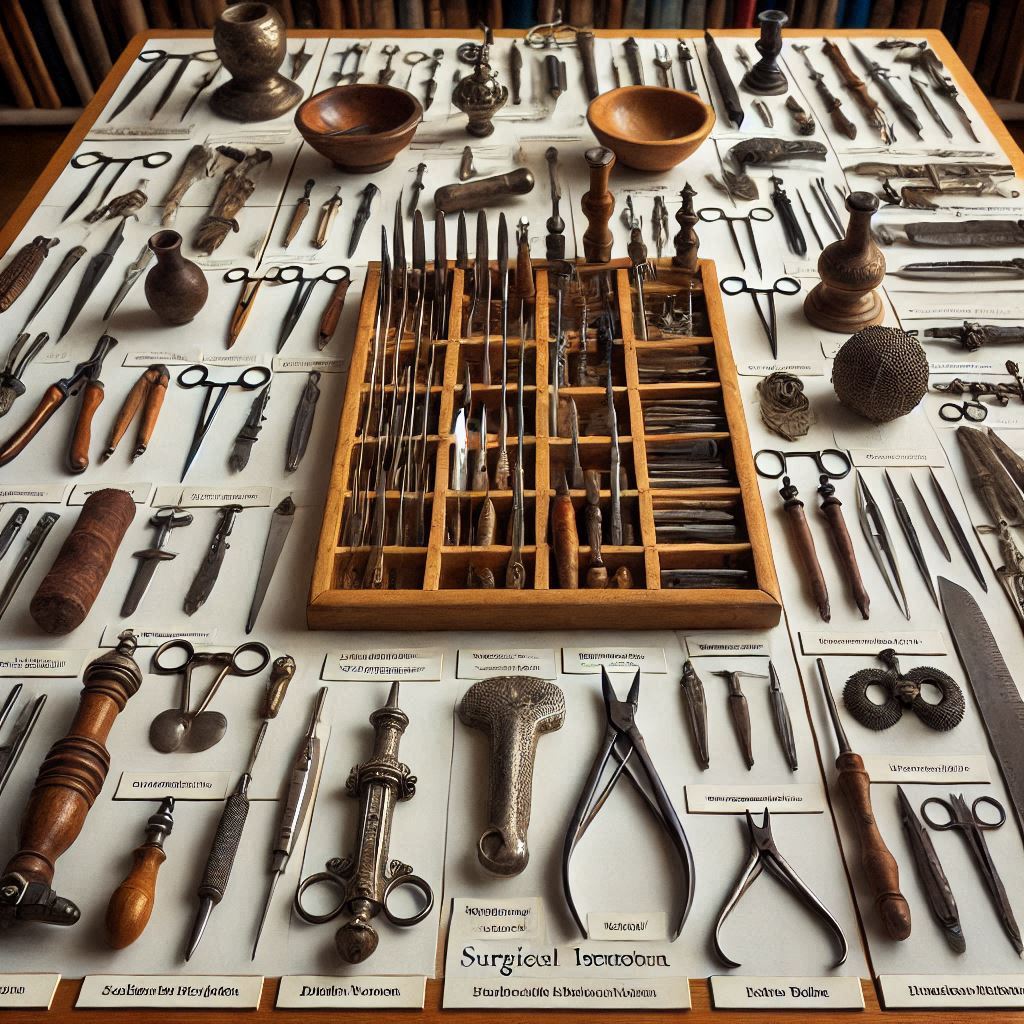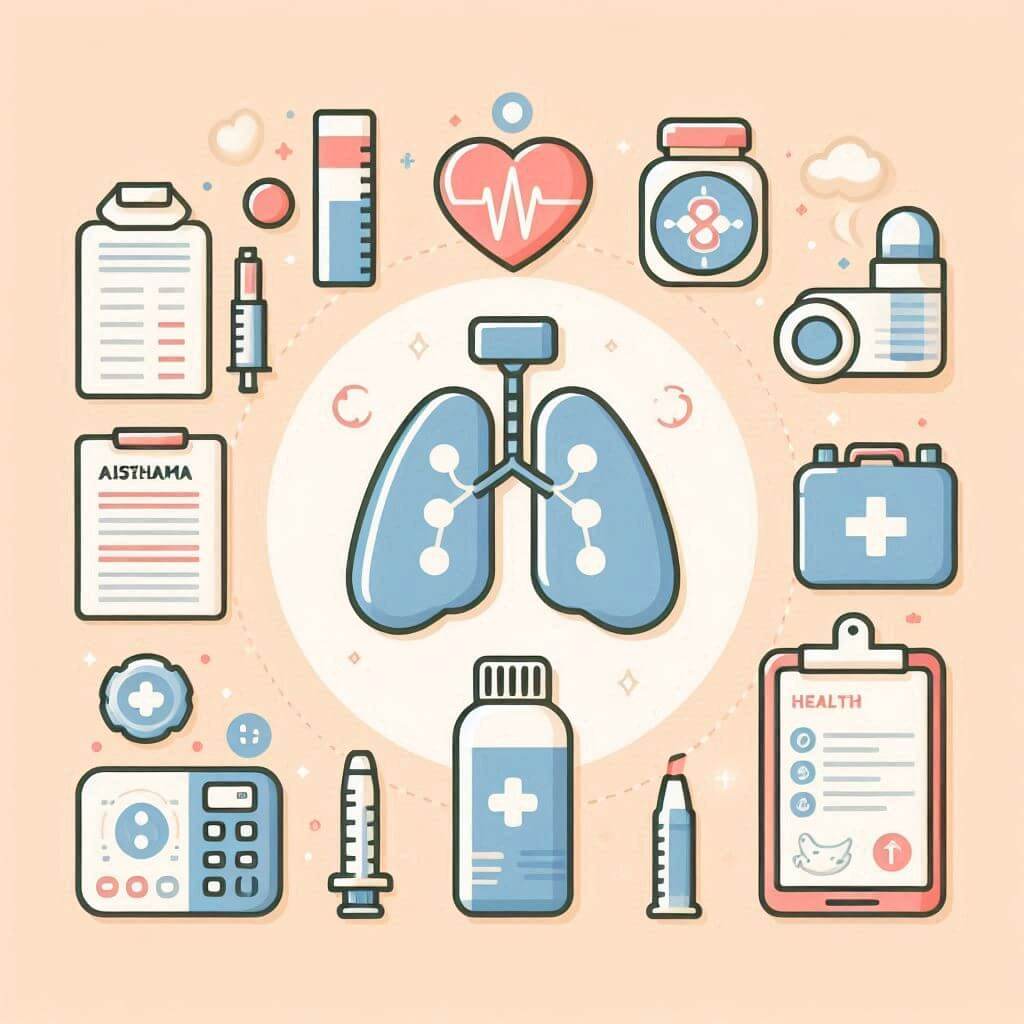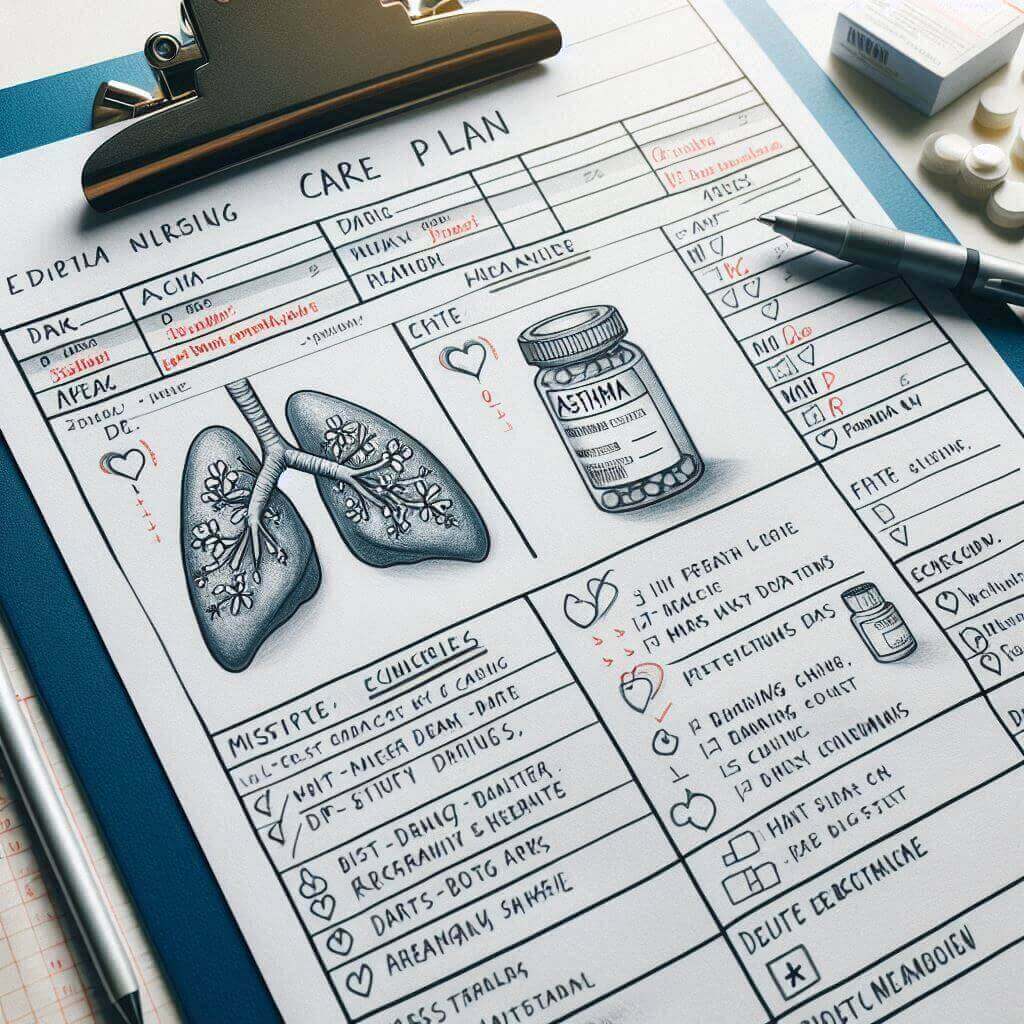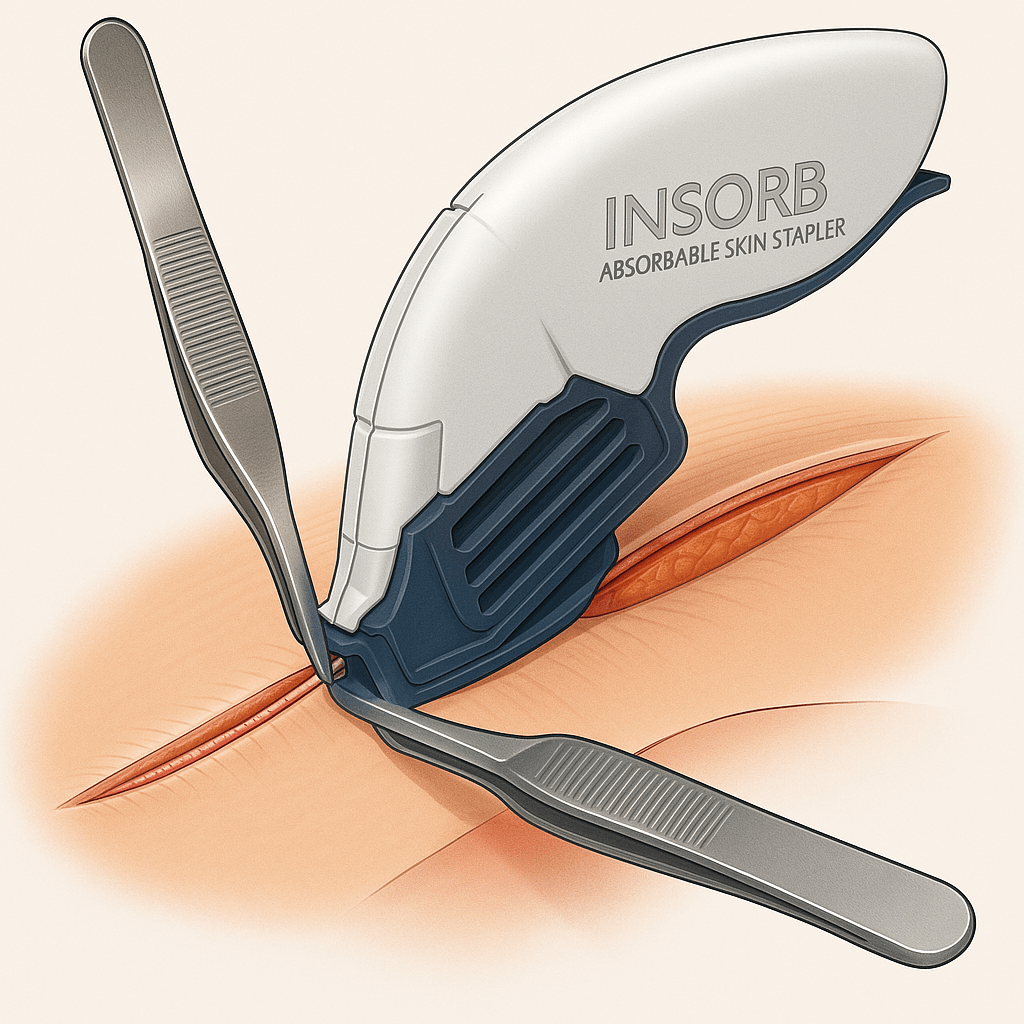3 Common Myths About Operating Room Nurses
Operating room (OR) nurses are an essential part of the surgical team, yet myths about operating room nursing often lead to misconceptions about their role. Many assume OR nurses only pass instruments to surgeons or don’t provide patient care, but the reality is far more complex.
OR nurses are responsible for maintaining sterility, monitoring patients, and responding to emergencies—all while coordinating with the surgical team to ensure procedures run smoothly. Their role requires precision, expertise, and quick decision-making in high-stakes environments.


